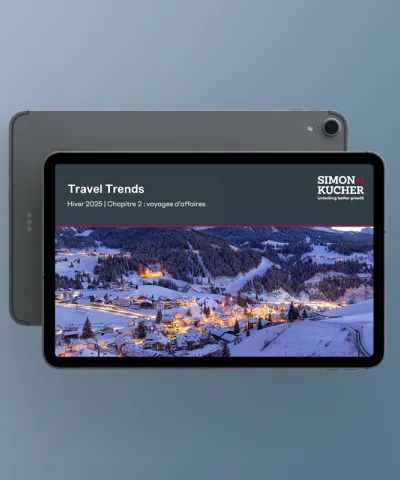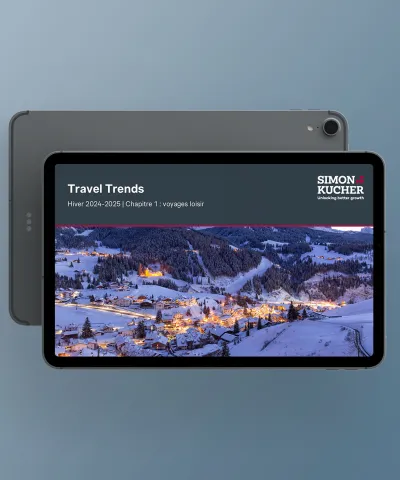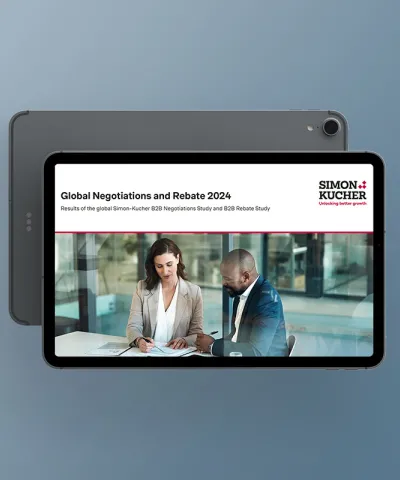Now that we are in the left leg of the V-curve, it is unavoidable for many companies to cut costs and downsize parts of the business. But let us remember that we are in a crisis of demand, not a crisis of costs. Hence, everything that can be done to keep revenue up should be prioritized to lessen draconian cost cutting measures that will jeopardize future earnings potential. Yet it is precisely in the midst of this downturn that the companies who initiate or accelerate topline initiatives will outperform on the economic bounce back, and here are five reasons why.
B2C anecdotes typically receive the most media exposure, but also in the B2B environment can you make or break your reputation by either taking advantage of your suddenly increased demand or by showing indifference to your customers. Some beer brewers have already proactively prolonged their payment terms for vulnerable entrepreneurs in the catering industry. Financial institutions loudly proclaim they want to be part of the solution and help smaller businesses and low-income individuals better weather the current crisis, perhaps reticent of their experiences from the 2008 recession.
One thing we are learning these past few weeks is that our digital infrastructure is pretty good. Broadband networks are coping very well with the peak in usage and working from home functions well for many companies with some being surprised at the efficacy of remote arrangements. However for sales teams, it is also clearer now than ever before that building relationships is best done in person.
For the majority of companies presently, it is better to invest time and effort into what is a much surer bet: nurturing your key accounts and relationships. Reaching out, asking questions, and creating mutual understanding for the circumstances and priorities. It would be strange indeed to have a fruitful business relationship, but in times of crisis your counterparts suddenly don’t hear from you anymore. Where possible, support in scenario planning and over-deliver on services. Companies that gain the mindshare now stand to benefit much quicker from when the economy recovers later. This counts even more for top-to-top relationships, where challenges and opportunities can be discussed without previous or current deal making pressure.
- Transform your customer’s CAPEX to OPEX. Usage-based pricing is a safer option for customers that shy away from large upfront investments in the current financial environment. Moreover, when usage increases after the crisis, earnings will accordingly grow. A famous example is Michelin, which switched its price model for truck tires from a one-off payment to a price per kilometer. Customers only paid when they used their tires and Michelin installed a future proof recurring revenue model.
- Scale digital propositions fast. Across industries and within all stages of the value chain, the current crisis is stress testing digital strategies. Many consumer goods companies have been slow in developing their online direct-to-consumer proposition, mainly intended to protect traditional retailers. With empty streets and shopping centers, it is now important to bring consumers into your branded online space. In the period of December to February, Nike reported more than 30% growth in its online sales in greater China versus the same period last year. Nike’s total business in the country still fell 5%, yet this would have been far more without their strong direct sales strategy.
- Introduce a less expensive alternative. Price often trumps quality in times of a crisis. Lowering prices without lowering quality or performance lowers profitability, and is difficult to regain once the situation stabilizes. Hence, it pays off to de-bundle products and services to offer a competitive price on solutions considered ‘good enough’. ‘Nice-to-have’ extras can be monetized as separately and at a premium. The cost-to-serve is subsequently reduced and the increased price transparency results in more justifiable pricing.
For some firms, as demand collapses in one channel, resources and efforts need to be shifted in order to grow another. Many food and beverage companies have a strong footprint in both the retail and out-of-home channel. One cannot presently image two more distinct business climates. Out-of-home has shrunk down to near-zero due to lockdowns, whereas retail business is thriving.
- How will the market look like post-COVID19, including the customer and competitive landscape?
- Is our go-to-market model future proof? Should we still sell everything to everyone and everywhere?
- Do we sufficiently prioritize the future winners among our customers?
- Do we need a centralized key account strategy to the rise of Amazon and hard discounters?
- What should our revised commercial organization look like in terms of FTE allocation, competences and enablers?
More agile commercial organizations will succeed by restructuring as necessary, adapt its competencies, and invest in systems enablers in preparation for the eventual economic rebound.
Manufacturers need to safeguard brand equity in order not to erode margins. Research from Simon-Kucher & Partners over the past few years consistently showed that the cross industry price increase success rate has only been 30%. Price reductions should be carefully evaluated, as it will be hard to get prices back up afterwards.
For many companies, the demand drop caused by the current crisis—and especially the speed of the downturn—is unprecedented. For companies that entered the downturn in a healthy situation, the V-shaped revenue scenario would suggest they should take extra precautions in cost-cutting measures that could jeopardize their future earnings potential. The commercial leadership of companies should prepare for the bounce-back by safeguarding reputation, investing in key relationships, introducing smart pricing and business models, and preparing for a win-win dialogue with procurement.








